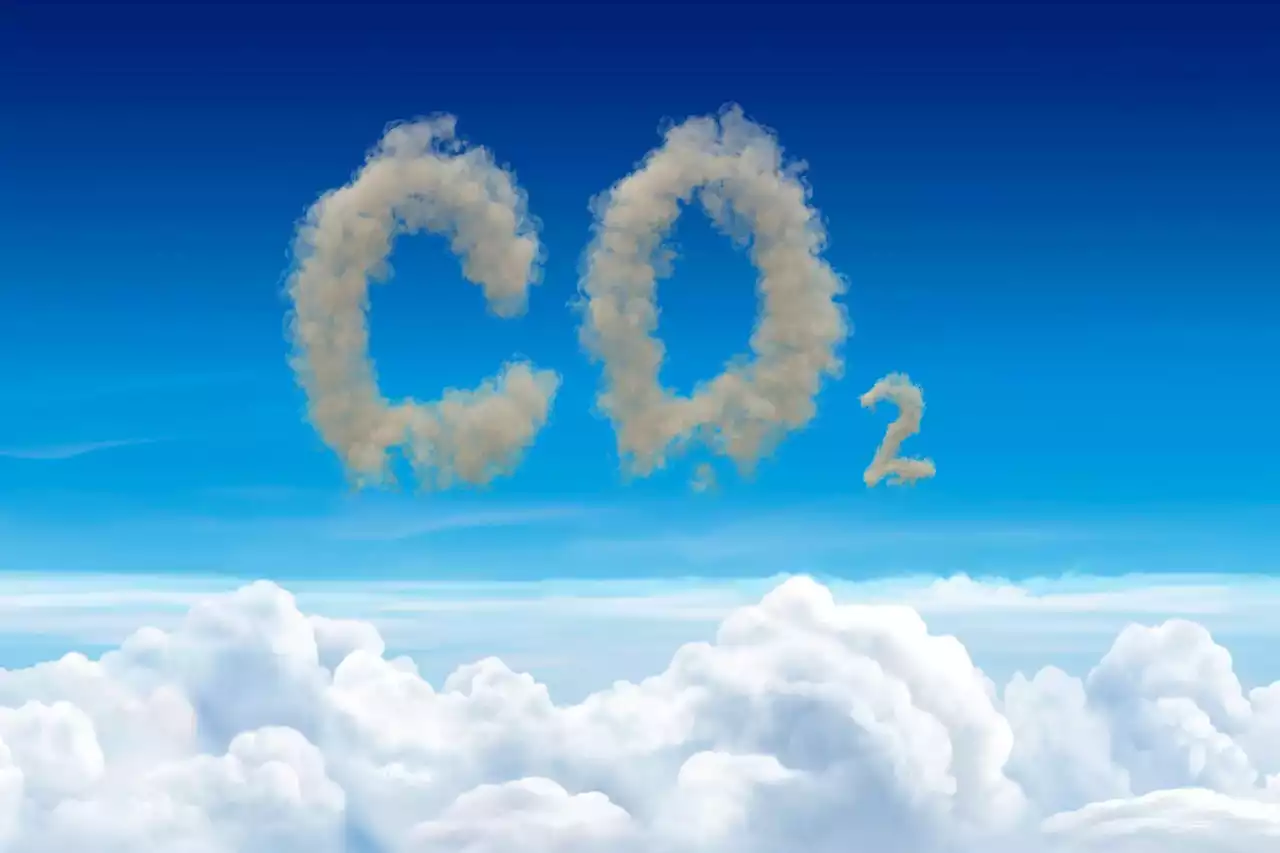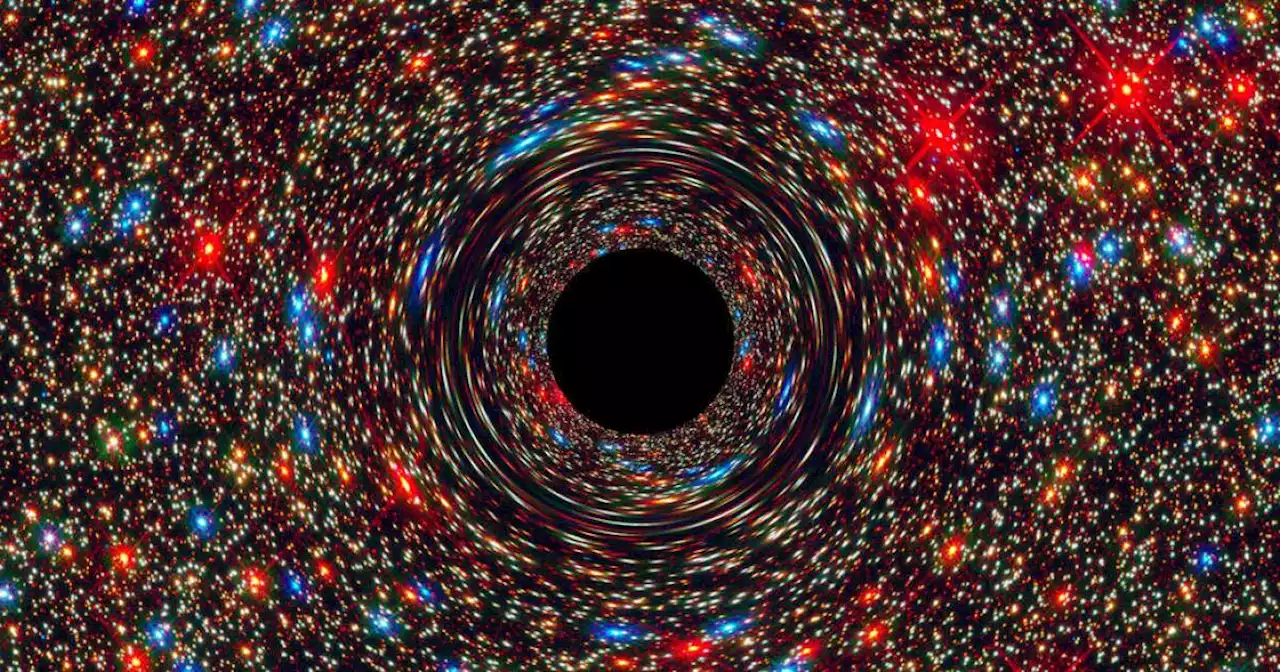Life comes in all shapes in sizes, but some sizes are more popular than others, new research from the University of British Columbia (UBC) has found. In the first study of its kind published today (March 29) in PLOS ONE, Dr. Eden Tekwa, who conducted the study as a postdoctoral fellow at UBC’s d
New research from the University of British Columbia has revealed that Earth’s biomass is predominantly concentrated in organisms at either end of the size spectrum. In the first study of its kind, Dr. Eden Tekwa surveyed the body sizes of all living organisms on Earth and discovered that the smallest and largest organisms significantly outweigh all others. This unexpected pattern challenges current theories, which predict that biomass would be spread evenly across all body sizes.
In addition to challenging our understanding of how life is distributed, these results have important implications for predicting the effects and impacts of climate change. “Body size governs a lot of global processes as well as local processes, including the rate at which carbon gets sequestered, and how the function and stability of ecosystems might be affected by the composition of living things,” said Dr. Tekwa.
To obtain their results, Dr. Tekwa spent five years compiling and analyzing data about the size and biomass of every type of living organism on the planet—from tiny one-celled organisms like soil archaea and bacteria to large organisms like blue whales and sequoia trees. They found that the pattern favouring large and small organisms held across all types of, and was more pronounced in land-based organisms than in marine environments.
Dr. Tekwa was also able to uncover some intriguing details about the distribution of life in various ecosystems. “Even though corals occur in only a small fraction of the ocean, it turns out that they have about the same biomass as all the fish in the ocean,” said Dr. Tekwa. “This illustrates how important the balance of biomass is in the oceans. Corals support a lot of fish diversity, so it’s really interesting that those two organisms have almost the same biomass.
United States Latest News, United States Headlines
Similar News:You can also read news stories similar to this one that we have collected from other news sources.
 H&M Is Expanding Its Size Offerings to 4XL — Shop the Best Plus-Size PicksFrom flattering jeans to spring-worthy dresses and jumpsuits, we found several stylish picks for your closet.
H&M Is Expanding Its Size Offerings to 4XL — Shop the Best Plus-Size PicksFrom flattering jeans to spring-worthy dresses and jumpsuits, we found several stylish picks for your closet.
Read more »
No kittens required: Scientists find new way to study toxoplasmosis parasite in labA new technique artificially forces Toxoplasma gondii, a parasite that usually only sexually reproduces inside the intestines of felines, into a presexual stage.
Read more »
 Equivalent to a Forest the Size of Germany – A New Process To Capture Carbon DioxideThe research will enable the direct capture of CO2 gas from industries that are challenging to decarbonize. According to recent research, it is estimated that approximately 0.5% of global carbon emissions could be captured through the normal crushing process of rocks that are widely used in constru
Equivalent to a Forest the Size of Germany – A New Process To Capture Carbon DioxideThe research will enable the direct capture of CO2 gas from industries that are challenging to decarbonize. According to recent research, it is estimated that approximately 0.5% of global carbon emissions could be captured through the normal crushing process of rocks that are widely used in constru
Read more »
 Scientists find one of the largest black holes using new techniqueUK scientists found one of the largest ever black holes using a special new technique. The great void is so large that it is categorized as 'ultramassive' and is estimated to be roughly as large as theoretically possible.
Scientists find one of the largest black holes using new techniqueUK scientists found one of the largest ever black holes using a special new technique. The great void is so large that it is categorized as 'ultramassive' and is estimated to be roughly as large as theoretically possible.
Read more »
 Your Eye Color, Explained🔄FROM THE ARCHIVE Scientists are still learning new things about our most striking feature.
Your Eye Color, Explained🔄FROM THE ARCHIVE Scientists are still learning new things about our most striking feature.
Read more »
